The airport with the " world's most dangerous landing"
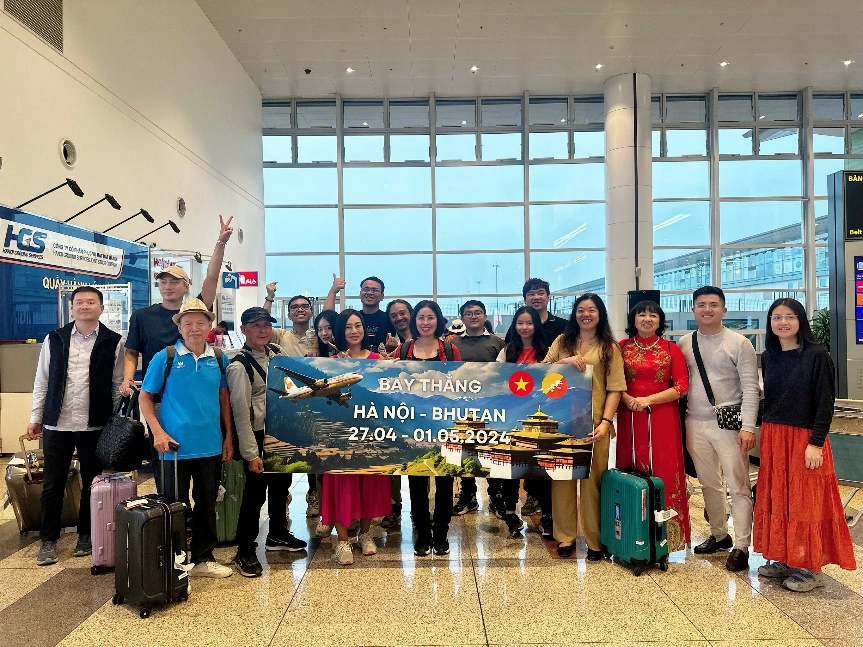
Himalayas, the mountain range is not only the most majestic and highest in the world, but also has a very exciting history.
Arriving in Bhutan by a charter flight of Bhutan Air, flying directly from Hanoi to Bhutan with an A319 aircraft with 126 seats, we were greeted by a folk dance troupe performing folk dances.
Paro Airport is located at an altitude of 2,235m and has only one runway, 2,265m long, for both takeoff and landing, only for small aircraft like the A319. Before landing at the airport, the plane has to "squeeze" between the 5,500m high Himalayan mountain ranges.
On clear days, you can see the entire Himalayas with their year-round snow-capped peaks, including Mount Everest at 8,848.86m.
Looking through the window, I saw the plane swerving to the right to avoid the mountainside on the left, then swerving to the left to avoid the hill. It was like being in an American action movie.
But there is no need to worry too much, the pilots seem to be very familiar with this flight path.
In fact, only 17 pilots are currently certified to land at this airport and it is considered "the most dangerous flight landing in the world".

Paro Airport is located at an altitude of over 2,400m above sea level and is surrounded by mountains.
Therefore, passengers usually fly to Bangkok or India first and then transfer to Bhutan Air or Druk Air to get here, if not using a charter flight. The runway also has no signal lights so it only operates during the day and when the weather permits.
Bhutan is located in the majestic Himalayas, known in Sino-Vietnamese as Hy Ma La Son. This is the highest mountain system in the world, with 14 peaks over 8,000m, of which the highest peak in the world is Everest.
In Bhutan, there are also 20 mountain peaks higher than 7,000m, of which the highest peak in Bhutan is Gangkhar Puensum, located between Bhutan and Tibet. Gangkhar Puensum is known as the highest mountain peak in the world because although it is only 7,570m high, no one has ever climbed to the top.
On top of Gangkhar Puensum Mountain, there is a red-roofed house, a landing marker for pilots. Therefore, all take-offs and landings here must be made during the day.
Notably, the runway is only 1,900m long. Planes have to land in strong winds blowing through the valley, leading to severe turbulence.
Passengers who have been on flights here have commented that landing is a terrifying experience.
According to statistics at the end of 2018, there were only 17 pilots qualified to land at the airport, compared to 8 in 2011.
The country without traffic lights
There are no railways or highways, so the main cities of Bhutan are reached by winding mountain slopes. There is only one railway project, which has been on paper for a long time and is now probably forgotten.
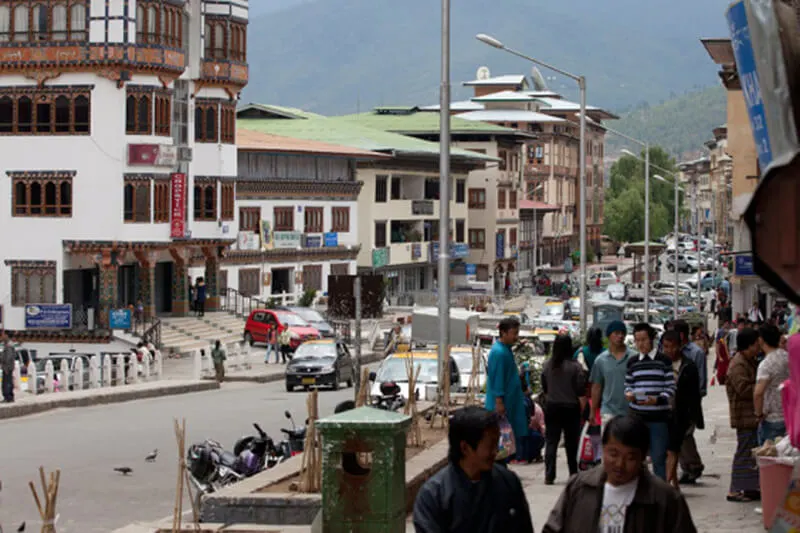
There are no traffic lights on the streets of Bhutan.
Most of the roads to major cities in Bhutan such as the capital Thimphu, Paro where the international airport is located, the ancient capital Punakha... are just two-lane roads without a hard divider, one lane in each direction, winding with hairpin turns along the precarious mountain slopes.
All over Bhutan, visitors can see all kinds of cars, from the most expensive to the most affordable brands. Cars drive on the right hand side. Traffic moves gently and gives way.
There are no traffic lights on any roads in Bhutan and therefore no automatic traffic signals. All you see on the roads is traffic police standing on command posts to regulate the flow of traffic.
On the way from the airport to the city, I came across a very unique means of crossing the river on just a cable.
Houses here are usually only about 5-6 stories high and... there are no elevators, except in hotels for foreign guests.
Bhutanese people seem to be accustomed to climbing mountains and are comfortable taking the stairs. The houses here often have a very unique roof support structure.
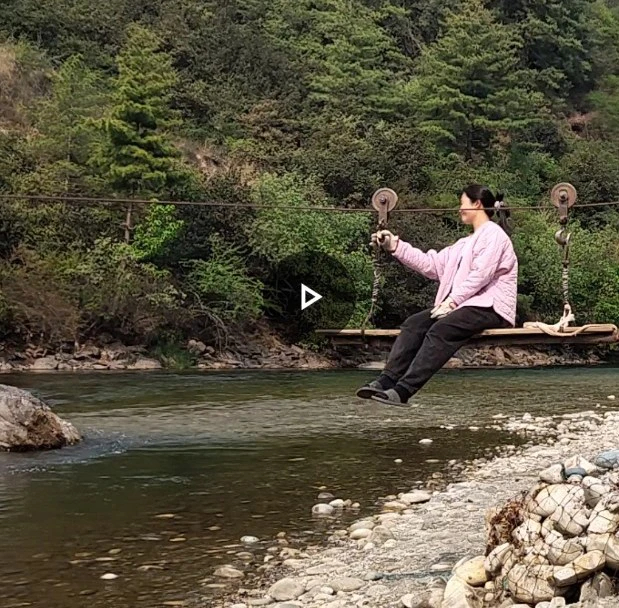
A very unique means of crossing the river on just a cable.
Since there are no traffic signals, roundabouts are placed at major intersections to guide Bhutanese traffic. Visitors will notice numerous roundabouts, large and small, on the streets, especially in towns.
Because of the many intersections, pedestrian crossings are also common on Bhutanese streets. However, pedestrian crossings are unpredictable.
It is up to each driver to give way to pedestrians. Otherwise, the experience of pedestrians crossing the road in Bhutan is similar to that in Vietnam, where large vehicles rarely give way to pedestrians.
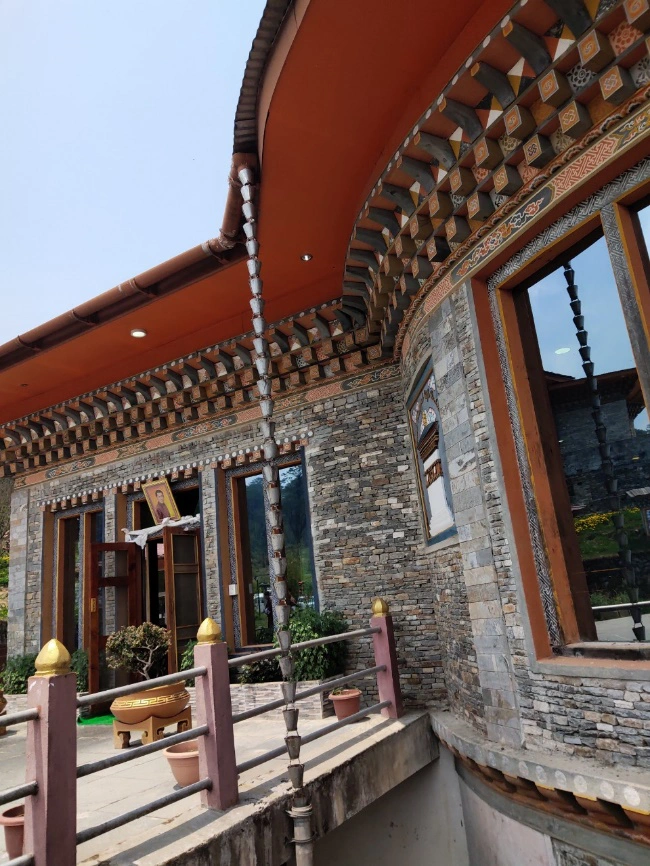
Houses are usually only 5-6 floors or less and... have no elevator.
Land of legends
The most famous Buddhist monastery in Bhutan that any tourist must visit is Tiger's Nest - Paro Taktsang, an ancient monastery perched precariously on a 900m high cliff, right on the mouth of the Paro valley, precariously perched at an altitude of 3,108m above sea level.
Legend has it that the 8th century Guru Padmasambhava was brought here from Tibet by a tigress. Hence the name Tiger’s Nest. Here he meditated for three years, three months, three weeks, three days and three hours.
After completing his meditation, Guru Padmasambhava subdued eight types of evil spirits and converted the Bhutanese people to Buddhism, becoming the country's patron saint. He can manifest in eight forms.
The name "Taktsang" in Bhutanese means "Tiger's Cave" and was derived when locals encountered a tigress residing in one of the caves.
Bhutanese people believe that at that time, Guru Padmasambhava transformed into the fire Dorje Drolo (one of his eight forms) and the tiger was his wife Yeshe Tsogyal, transformed to protect and subdue the evil spirits here.
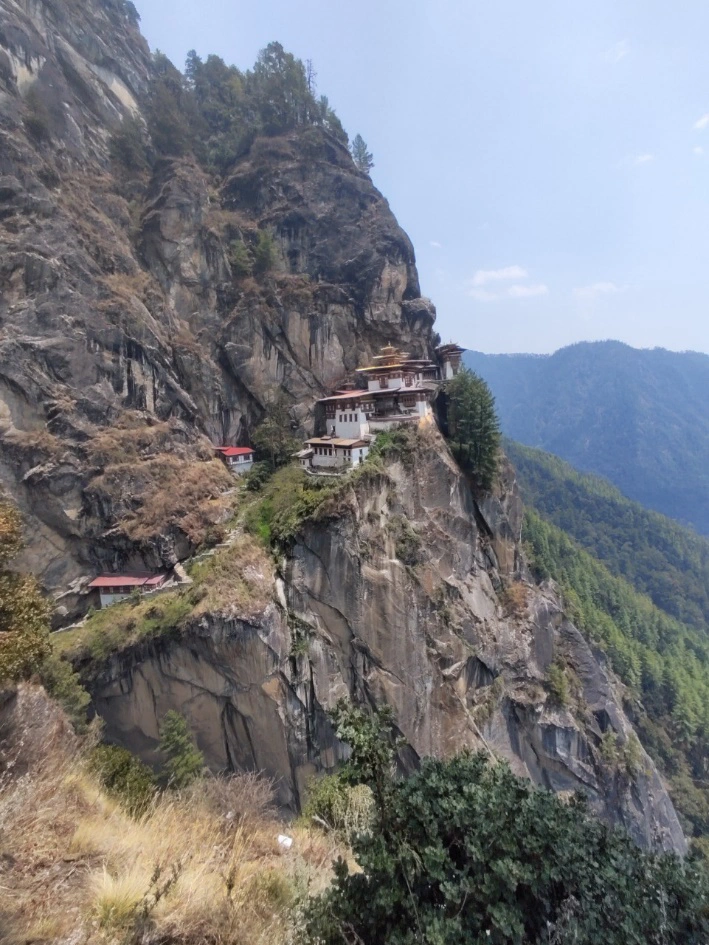
Paro Taktsang Monastery is built around the Taktsang Senge Samdup cave.
Paro Taktsang Monastery is built around the Taktsang Senge Samdup cave, where Guru Rinpoche is believed to have meditated when he came to Paro Taktsang. Every Bhutanese makes a pilgrimage to this sacred monastery at least once in their lifetime.
It is believed that all prayers here will be heard and come true. Those who come here will gain physical and mental strength to overcome the hardships and challenges ahead in life.
Bhutan's most famous Buddhist monastery that every tourist visits is Tiger's Nest - Paro Taktsang, an ancient monastery perched precariously on a 900m high cliff, right on the mouth of the Paro valley, precariously perched at an altitude of 3,108m above sea level.
The happiest country in the world
Not focusing on economic growth but more importantly having a high "happiness index", Bhutan is known for being almost isolated from the modern world with many no's: No prisons, no corruption, no traffic lights, no drugs, theft, prostitution, begging...
In 2020, Lonely Planet magazine voted Bhutan as one of the most attractive places to visit, and the happiest country in the world.
There are many trails through the pine forests here, as beautiful as miniature Switzerland. When a tourist sees a wild flower on the edge of the forest and wants to pick it, the local tour guide gently reminds him: Please don't touch it.

The trails go through the beautiful pine forest.
I read a proverb in Bhutan: Happiness is not about getting all you want. It is about enjoying all you have…
The Gross National Happiness (GNH) index is very important and this is how they track people's satisfaction with life with free healthcare and education.
Bhutan only welcomes about 300,000 tourists each year because of the belief that if it is too crowded, it will no longer maintain the peace here.
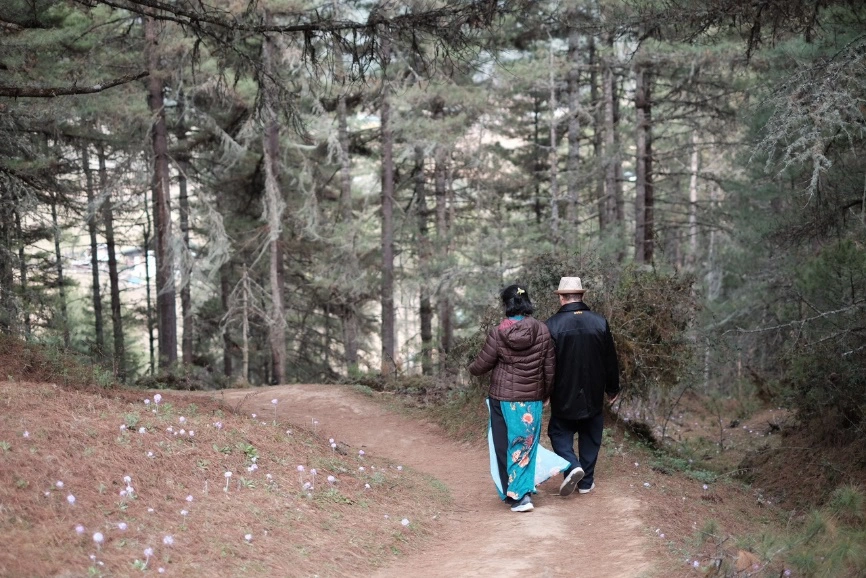
Bhutan only welcomes about 300,000 tourists/year.
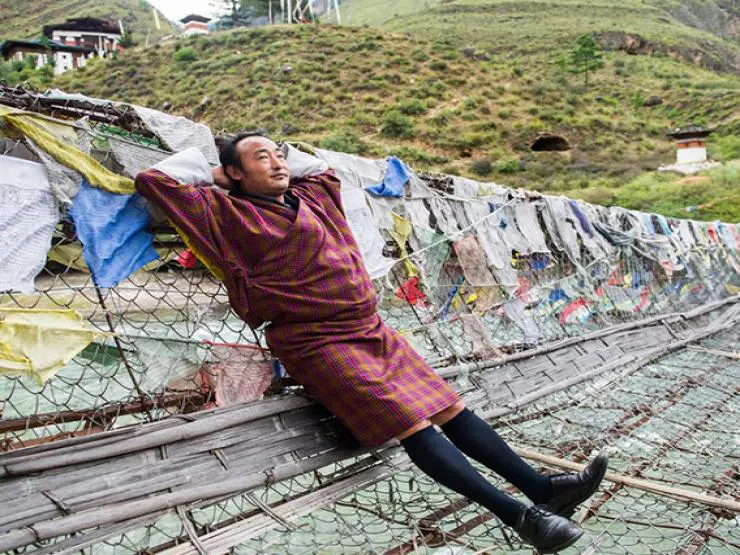 Compelling reasons to visit Bhutan this year
Compelling reasons to visit Bhutan this yearSource: https://www.baogiaothong.vn/bhutan-dat-nuoc-an-chua-nhung-dieu-ky-la-192240510115742572.htm


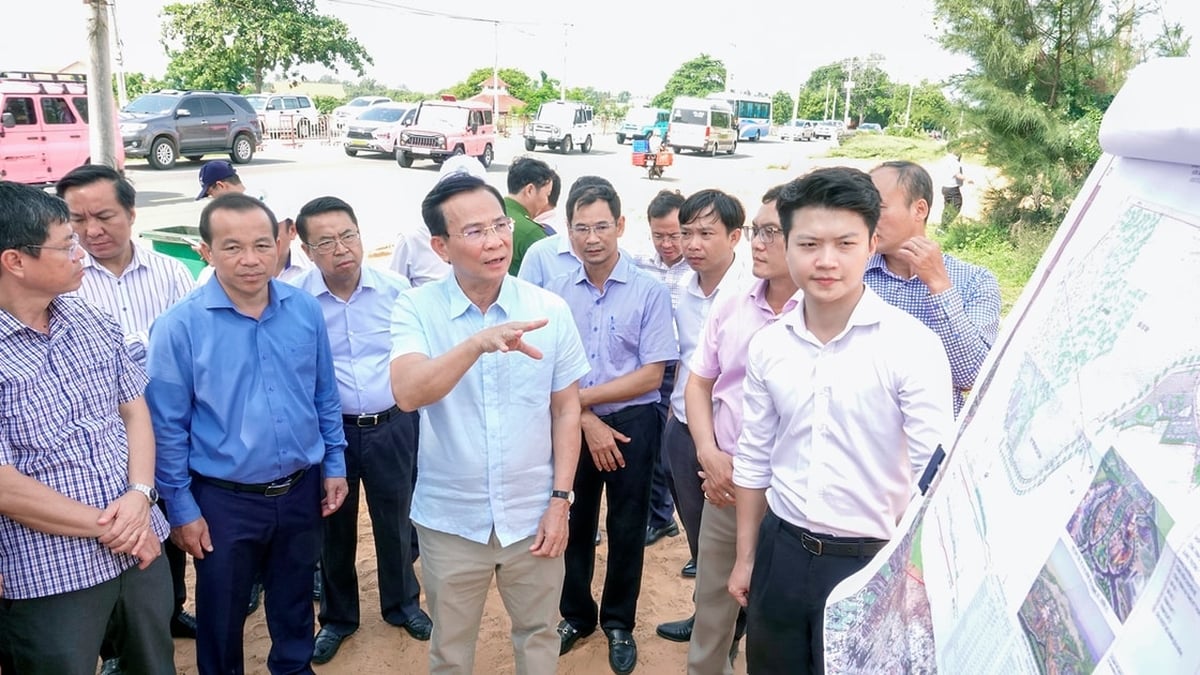



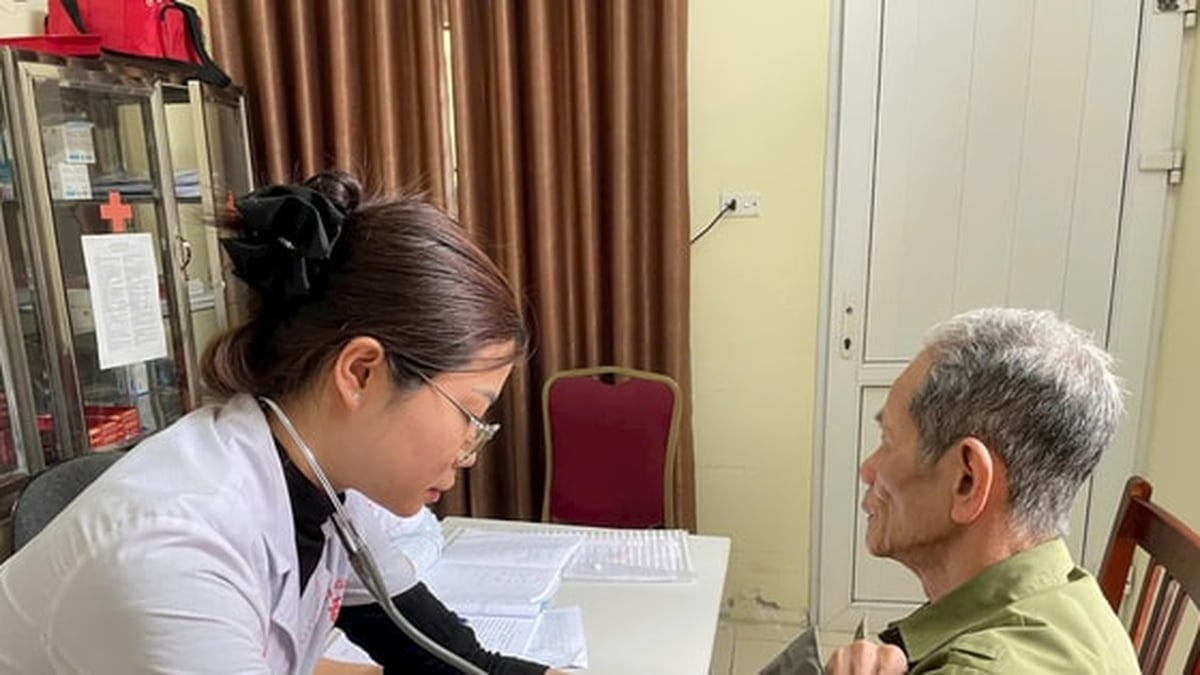

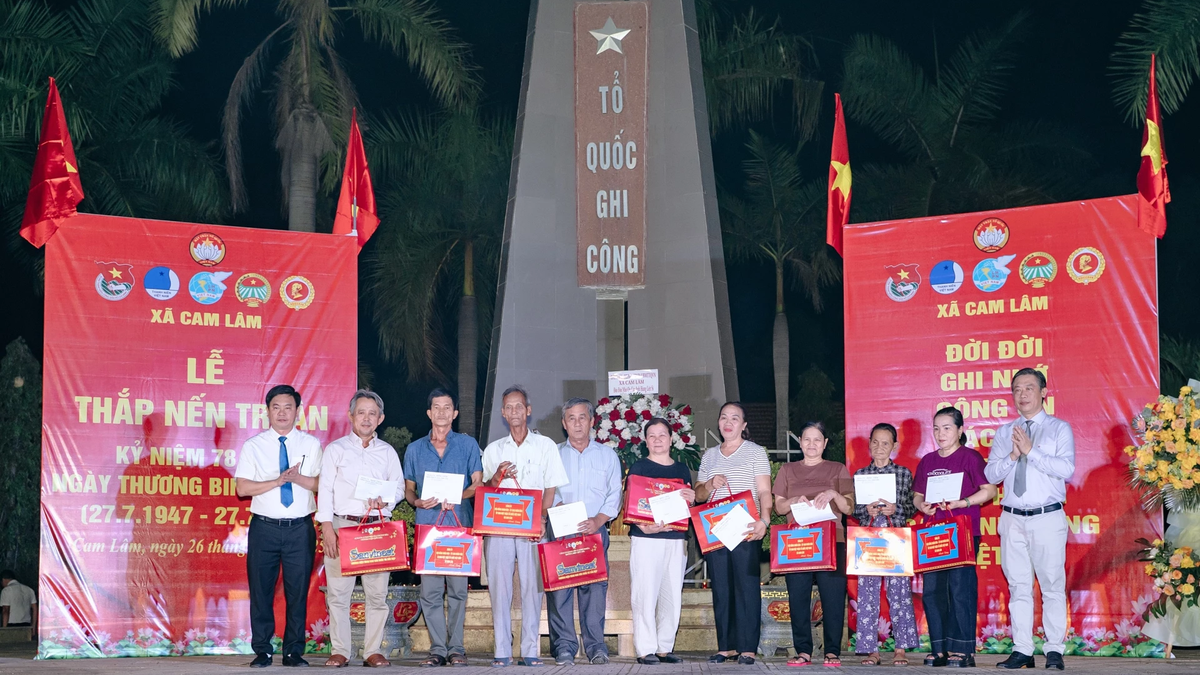
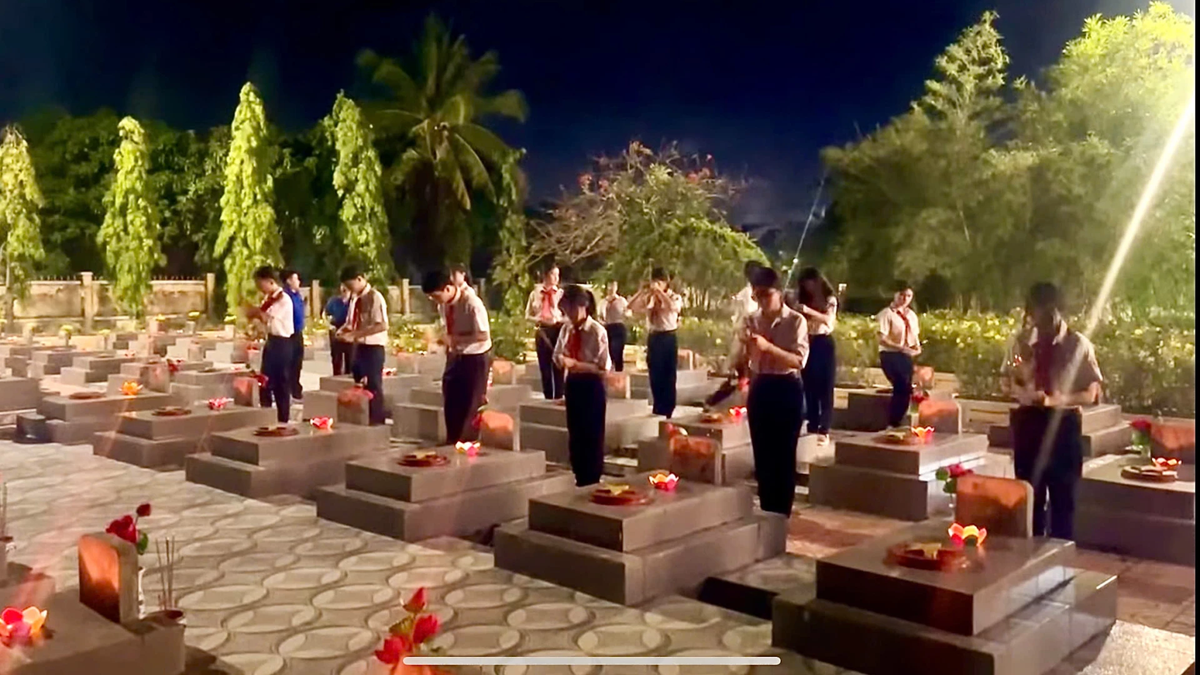
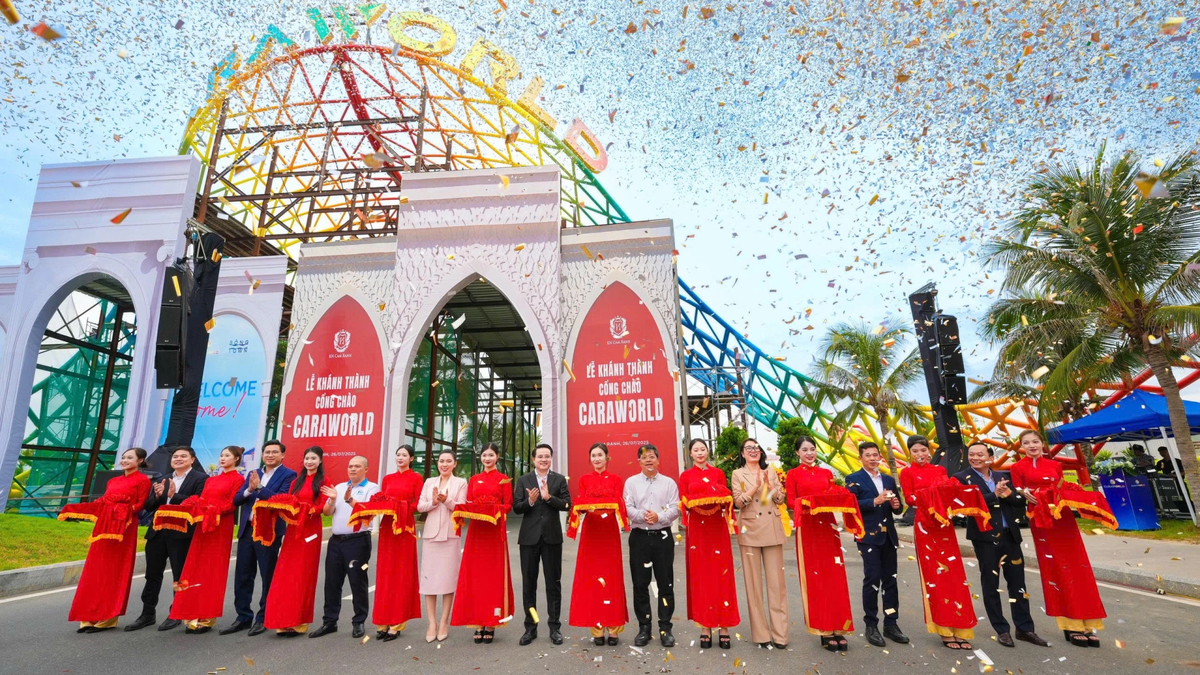












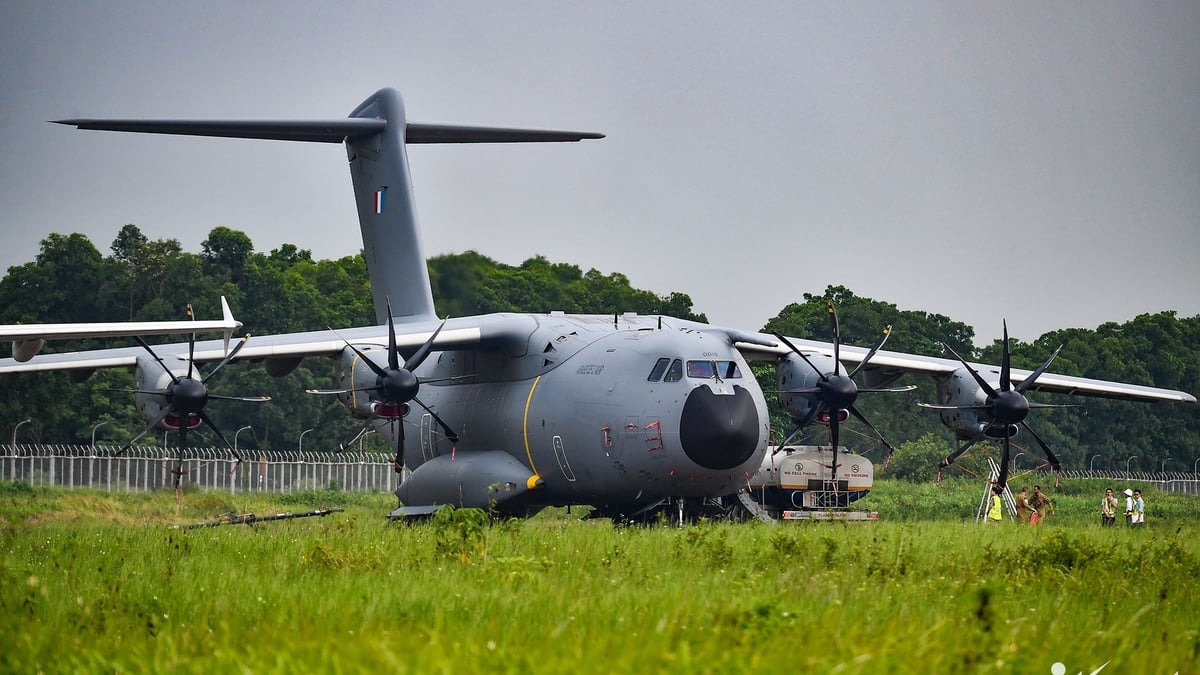


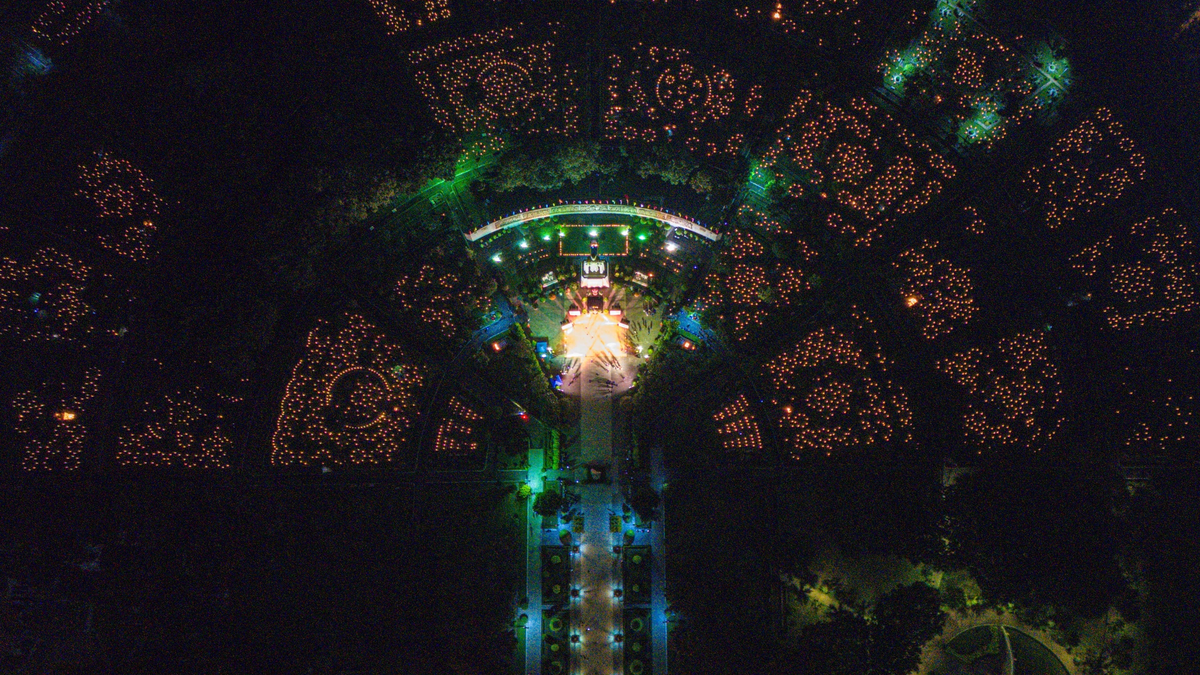

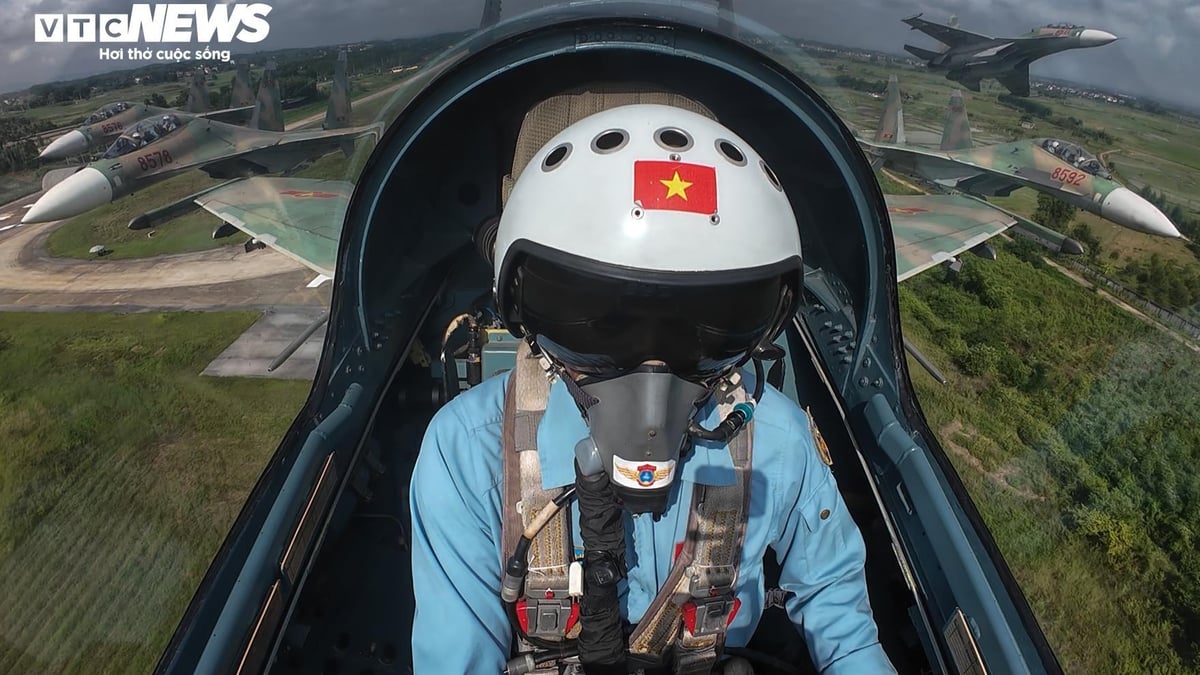
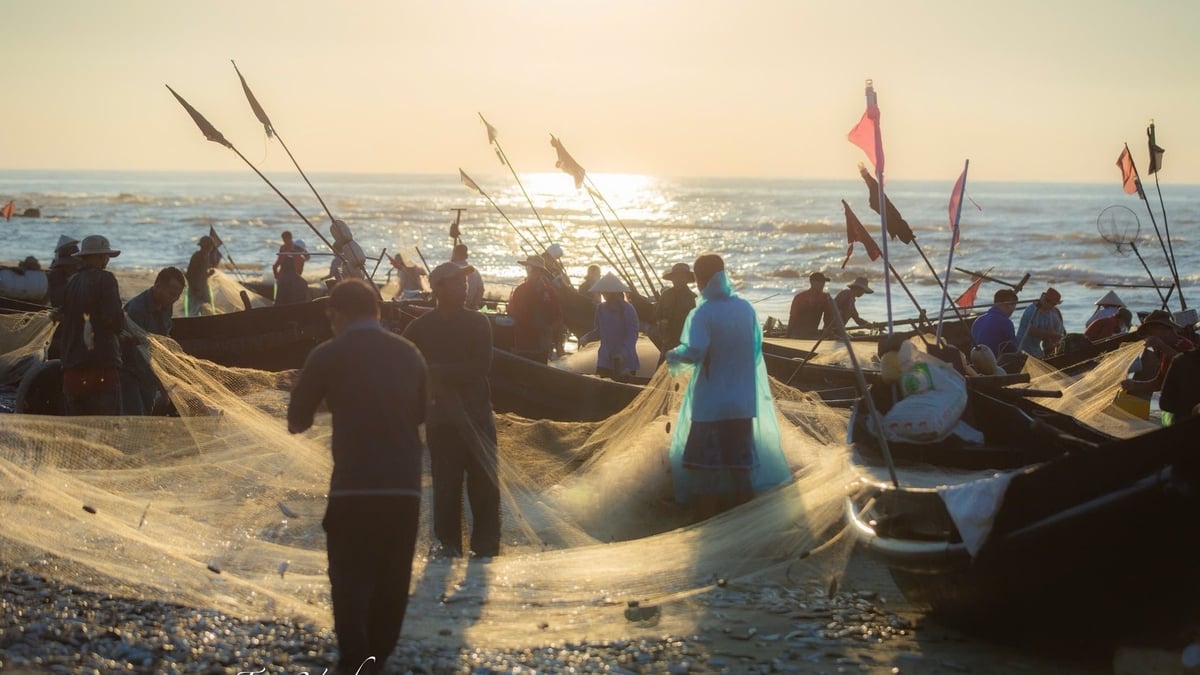

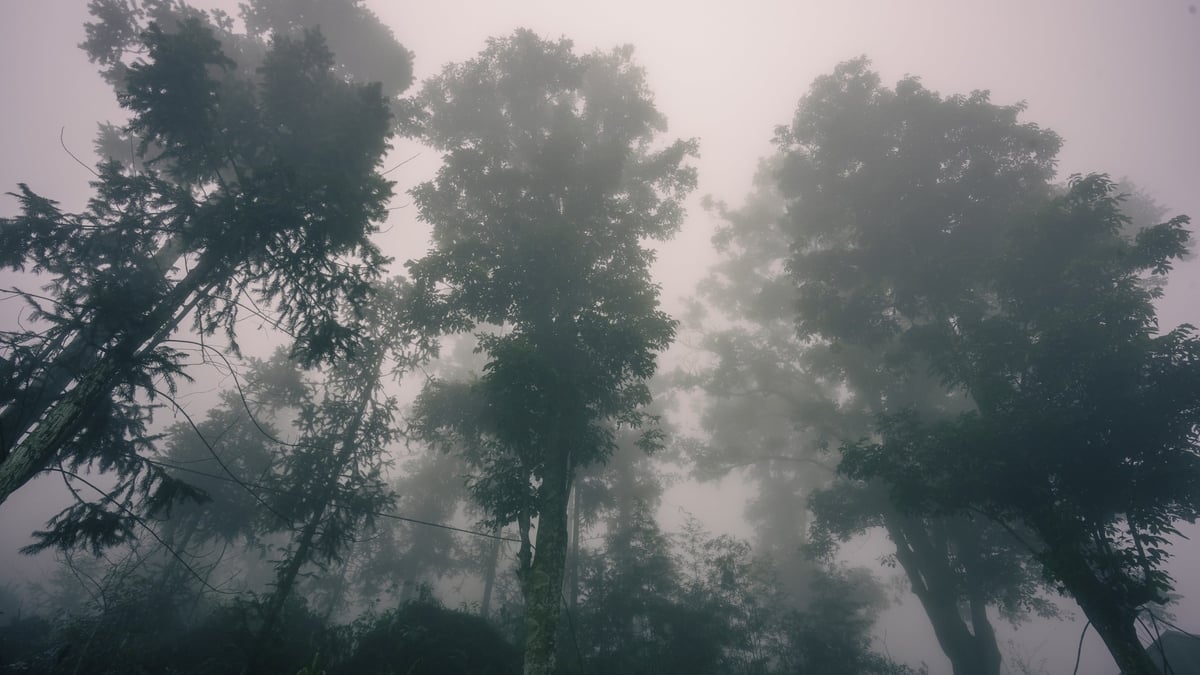


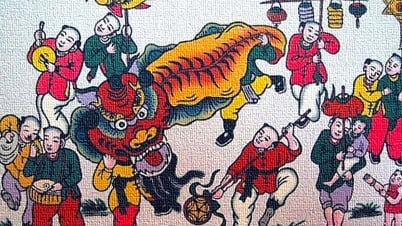

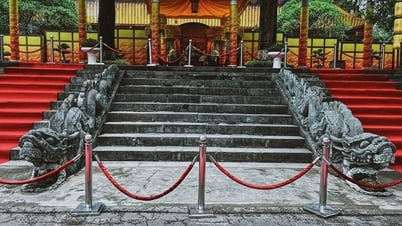



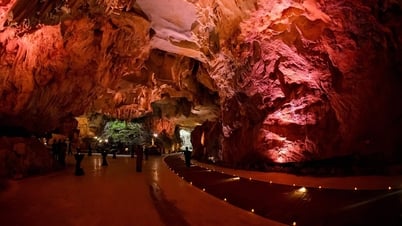
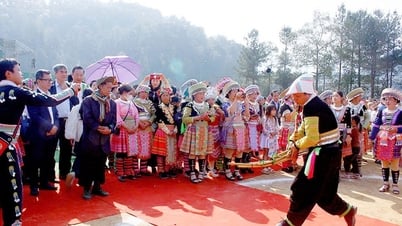



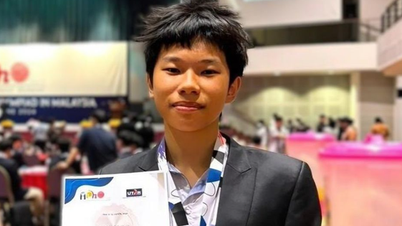


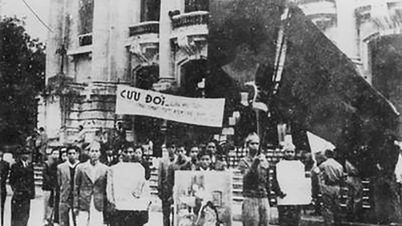







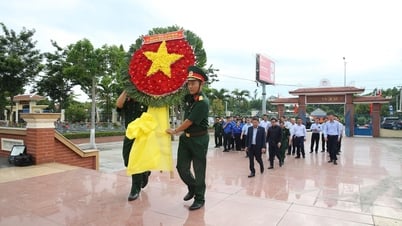







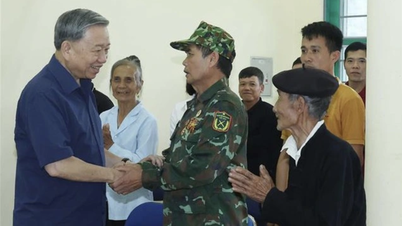






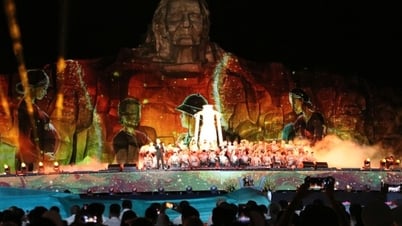




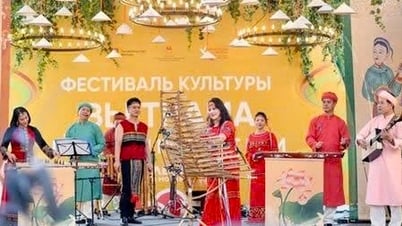






















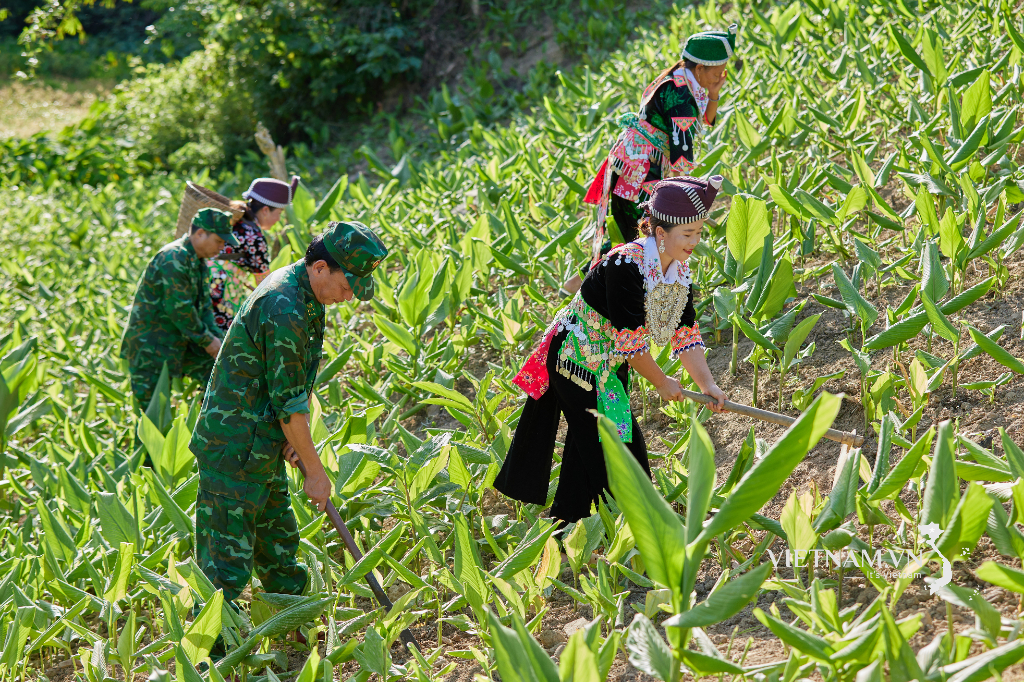
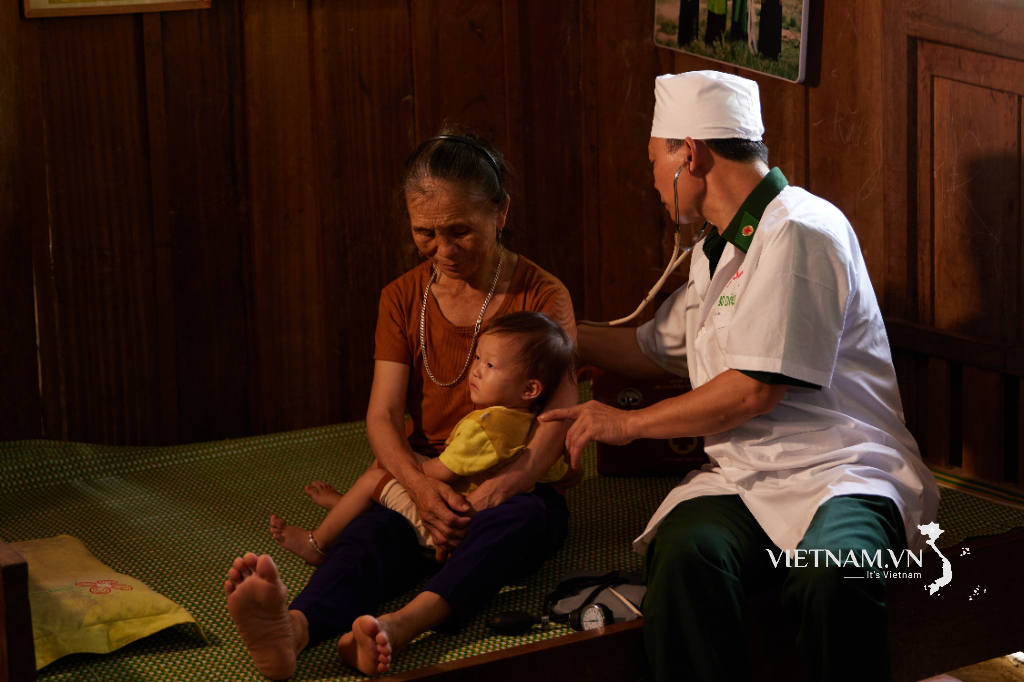

Comment (0)